It was extremely challenging to bring her back and it took me and another facilitator some time. But what was most important was not to let her re-experience the emotions to the extent that she was being re-traumatised, and to support her to move through it safely, and find a place of calm in her body that could anchor her once more.
Without a deep anchor in ourselves and our bodies, we are adrift in the sea of life, vulnerable to the storms and unexpected distress that can be unlocked at any time by a sensory trigger. Nearly all victims of acute trauma experience extreme disconnection from their bodies. This is where yoga comes in as a potent somatic technique for healing.
Trauma experts say that virtually every person on the planet has experienced some degree and form of trauma in their lives. For some people, the degree of trauma in their lives has been truly shattering, while for others, the impact or severity of the trauma has been a lot milder. But we all carry trauma in our bodies and in our DNA.
Comment: Read more about trauma in our DNA:
Increasingly, trauma therapists are turning to yoga for its indisputable and remarkable effects on people struggling with the effects of trauma. There is a growing solid body of evidence that modified yoga; taught by specially trained individuals in a therapeutic context, is an amazing tool for healing and empowering people who have experienced trauma. The objective of Trauma Sensitive Yoga is not to dredge up emotions or memories, but instead to help clients have a heightened sense of body awareness, embodiment, choice and empowerment. These simple outcomes have a profound effect on trauma survivors and are proving more potent than other previously used modalities for trauma.
The term trauma sensitive yoga was first coined by David Emerson, the founder and director of yoga services at the Trauma Centre at the Justice Resource Institute in the US.
David Emerson created Trauma Sensitive Trauma Centred Yoga (TSTCY) in collaboration with trauma expert, Dr Bessel van der Kolk, and the programs are solidly based in trauma, attachment theory, neuroscience, and yoga.
It's a treatment that we've built specifically for complex or developmental trauma because there's a real need for good treatments for this condition that is being treated with other things that weren't made for it, like Cognitive Behavioural Therapy, talk therapy or prolonged exposure that are being superimposed on complex trauma and not working very well.
You may be thinking, but isn't all yoga suited to helping with the release of trauma? Turns out it's not. Trauma is complex and too often in trying to heal it we, unfortunately, do the exact opposite and can end up re-traumatising or causing further shut down. There is a fine line to tread in treating this well. So what exactly is a trauma sensitive yoga class?
Befriending Your Body
Trauma Sensitive Yoga is vital in helping people who have experienced trauma to learn how to calm the mind and regain safety in their body by noticing and learning to tolerate physical sensations. But this is not a yoga style to be used in the ordinary practice of yoga or employed at your local yoga studio. Emerson: "It's a serious clinical intervention and an adjunctive aspect of a broader psychodynamic therapy."
Trauma Sensitive Yoga brings back a sense of empowerment and choice for people who may have felt choice-less and powerless.
From our perspective and the literature - one of the real insidious impacts of chronic trauma is we tend to lose a certain sense of agency - our capacity to interact with the world and make things happen. So instead it becomes the world is always happening at me and bad things happen. I'm trapped, stuck, in a place where I have no control over what's happening and that sort of dynamic is really deep and common for the people we made this for.Imagine a setting that is clear, light, simple, spacious, free of any props or objects that may cause distress, or hyperarousal, such as religious objects, candles, straps, incense and the like. The space is very important and is usually a secure, private, very held and safe space. No latecomers are allowed, and there are no drop-ins.
A trauma aware yoga class is invitational, the teacher doesn't issue orders. There is a sense of equality and a feeling that everyone is in this together. Often practised in a circle, the language is simple, inviting and gentle. There are no physical assists, and in each pose, you are given a choice as to certain alterations you can make, if you so choose.
The relationship between yoga teacher and the student is key to the success of trauma sensitive yoga. David Emerson says it's really about having a collaborative relationship between teacher and student, and sharing power while building a relationship that comes from doing the same thing together.
In the kind of trauma we work with - our students or patients are usually people who grew up in very chaotic environments where people in power were very unpredictable. They range from sexual abuse, emotional and physical abuse to being totally withdrawn and chronically abandoning and neglectful ...Any kinds of relationships that exacerbate those dynamics of being coerced and abandoned are going to re-traumatise people. Not only will they not be therapeutic but will exacerbate trauma. It's not a teacher coercing people's forms. They are sharing in doing the same thing at the same time.All these aspects work together to create a potent setting for healing and studies of people who have a high degree of trauma and attended trauma yoga classes, show extremely positive outcomes.
The Science Behind Trauma Yoga
According to research, yoga has greater beneficial effects in alleviating traumatic stress symptoms as the best possible medications. One study with a group of women who had suffered domestic violence, and were exposed to a 12-week trauma sensitive yoga course of one class a week, showed a reduction in severity of PTSD symptoms and frequency of dissociative symptoms, and gains in vitality and body attunement.
In other research conducted at the Trauma Centre, they found patients who had been in therapy for over ten years and were placed on a trauma sensitive yoga program had a significant decrease in symptoms of PTSD.
Of particular interest is the work around interoception - our capacity to sense our body experience, as a visceral, sentient and felt experience. Trauma researchers and neuroscientists have demonstrated that many areas of the brain are affected by trauma and are underactive in those who are traumatised. "We have these parts of the brain that help us feel ourselves," says Emerson. When you experience trauma, you cut off from these feelings, and very often this can result in self-harm or self-medication, as victims of trauma try to work out their relationship with their body, which they've lost direct sensory access to due to underactive interoceptive areas of the brain. Studies using brain scans on clients undergoing a 20-week trauma yoga course, discovered the interoceptive regions in the brain became more active.
The way it looks from the neurophysiological perspective with people who experience really complex chronic trauma, is that these parts of the brain that allow ourselves to sense and feel ourselves in the moment tend to be very disregulated, and extremely disrupted. Sometimes people feel nothing, sometimes they are flooded with feelings. So we are trying to use yoga forms as opportunities to have clear physical embodied sensory experiences.David Emerson says most victims of trauma feel invisible or not fully there, because of the neurophysiological response to trauma. Something one of his clients shared with him, after undergoing some of his yoga programs, struck me as particularly poignant - one lady said she had spent a long time feeling like an outline, and that yoga had defined her and also helped her to fill in the blanks.
Today, Trauma Sensitive Yoga is being practiced around the world, in a variety of forms, with hugely positive results. By accessing those places in the body and the subconscious that we just cannot get to with mind-based therapies, yoga is freeing people from the ghosts of their past traumatic experiences. It is supporting them to move into a future where they are able to connect with themselves and others, and feel more embodied, as they are released from being a prisoner to the traumatic symptoms and memories that were holding them captive.
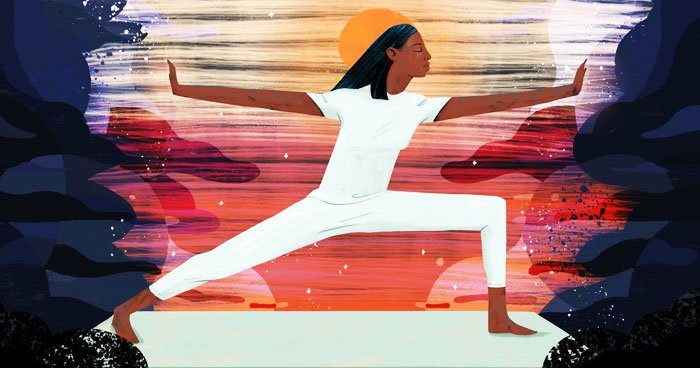
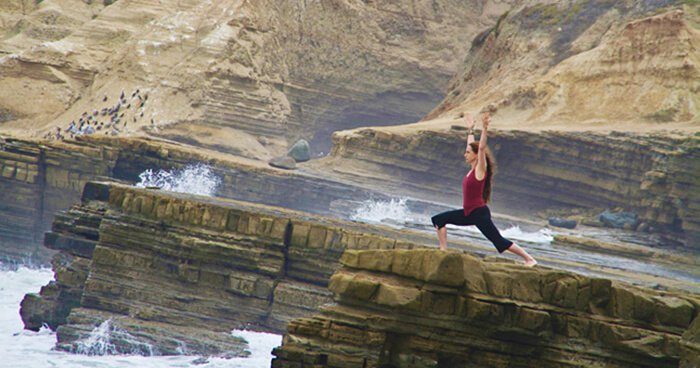
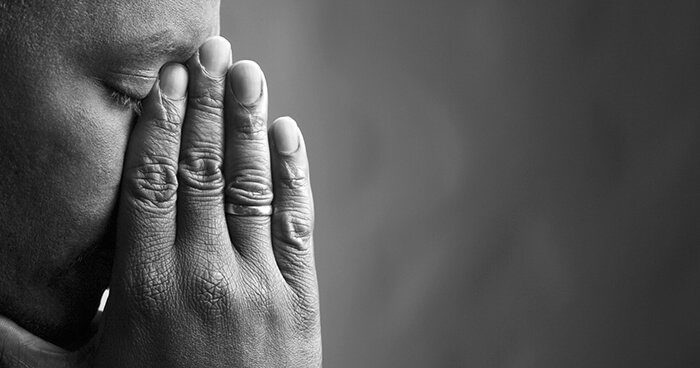
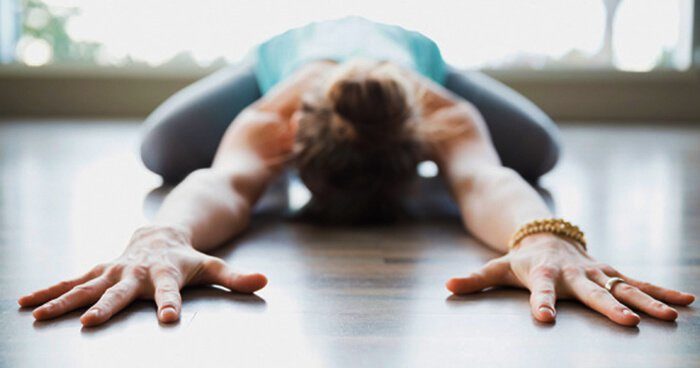
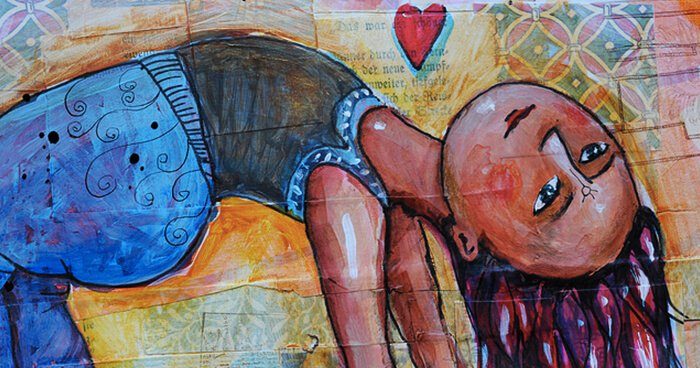



Reader Comments